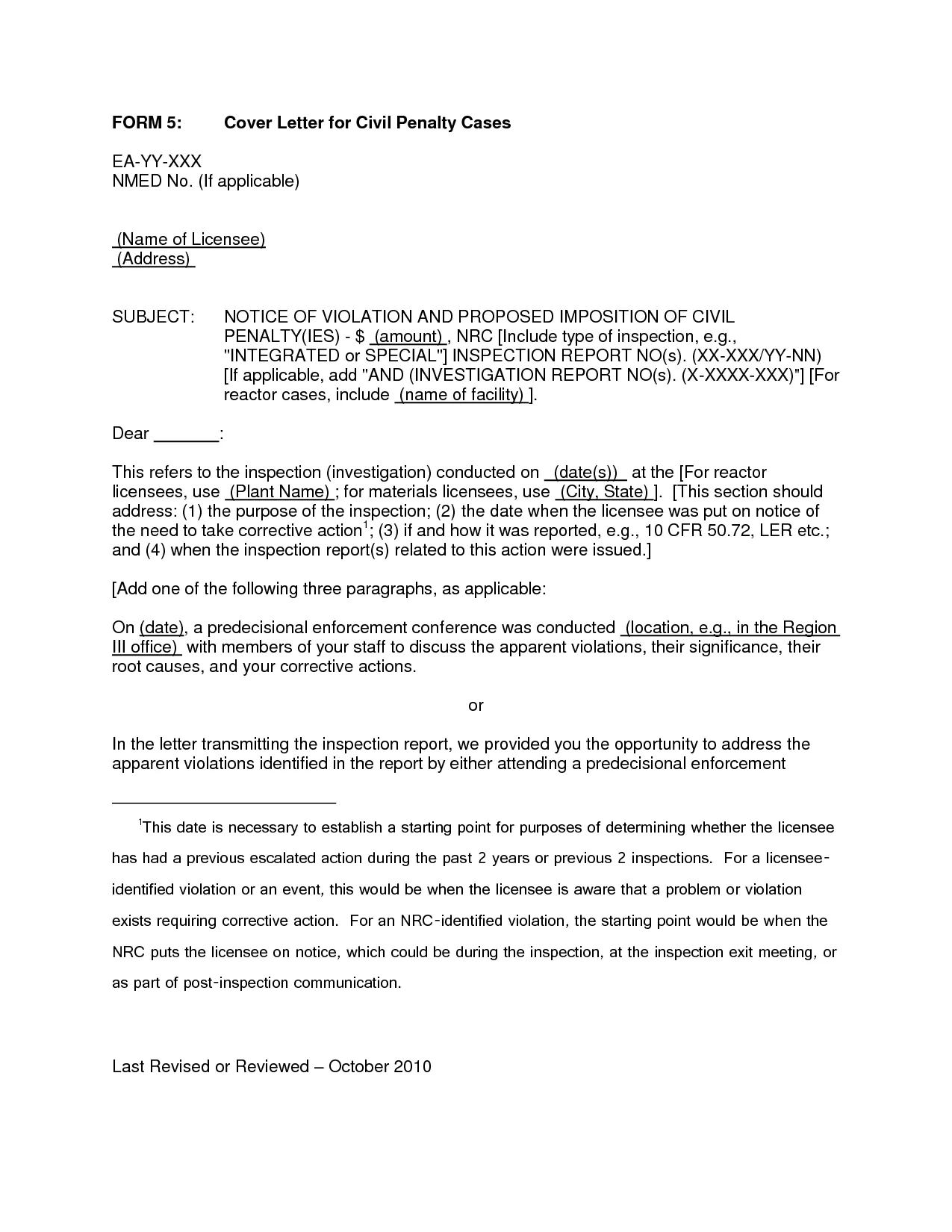Why a Cover Letter Matters
In the competitive landscape of job applications, a cover letter serves as your initial introduction and a crucial opportunity to make a strong first impression. It’s more than just a formality; it’s a strategic tool to showcase your personality, enthusiasm, and suitability for the role. A well-crafted cover letter provides a glimpse into your communication skills, your understanding of the job requirements, and your genuine interest in the company. Unlike a resume, which primarily lists your qualifications, a cover letter allows you to tell a compelling story about yourself, connecting your skills and experiences to the specific needs of the employer. By effectively articulating your value proposition, you significantly increase your chances of standing out from the crowd and securing an interview. The importance of this document cannot be overstated in your job search endeavors.
Cover Letter Secrets That Work
Crafting a cover letter that truly shines requires more than simply rehashing your resume. The most effective cover letters possess several key secrets that grab the attention of hiring managers. First, they are highly personalized, demonstrating that you’ve taken the time to research the company and understand the specific requirements of the role. Secondly, they tell a story, connecting your past experiences and skills to the future needs of the employer. This narrative approach makes your application more memorable and compelling. Thirdly, they are concise and focused, avoiding generic language and instead, highlighting specific achievements and quantifiable results. The most successful cover letters are not just about what you’ve done; they’re about the value you bring to the table. These secrets when implemented effectively can vastly improve your chances of moving forward in the hiring process.
Show, Don’t Tell
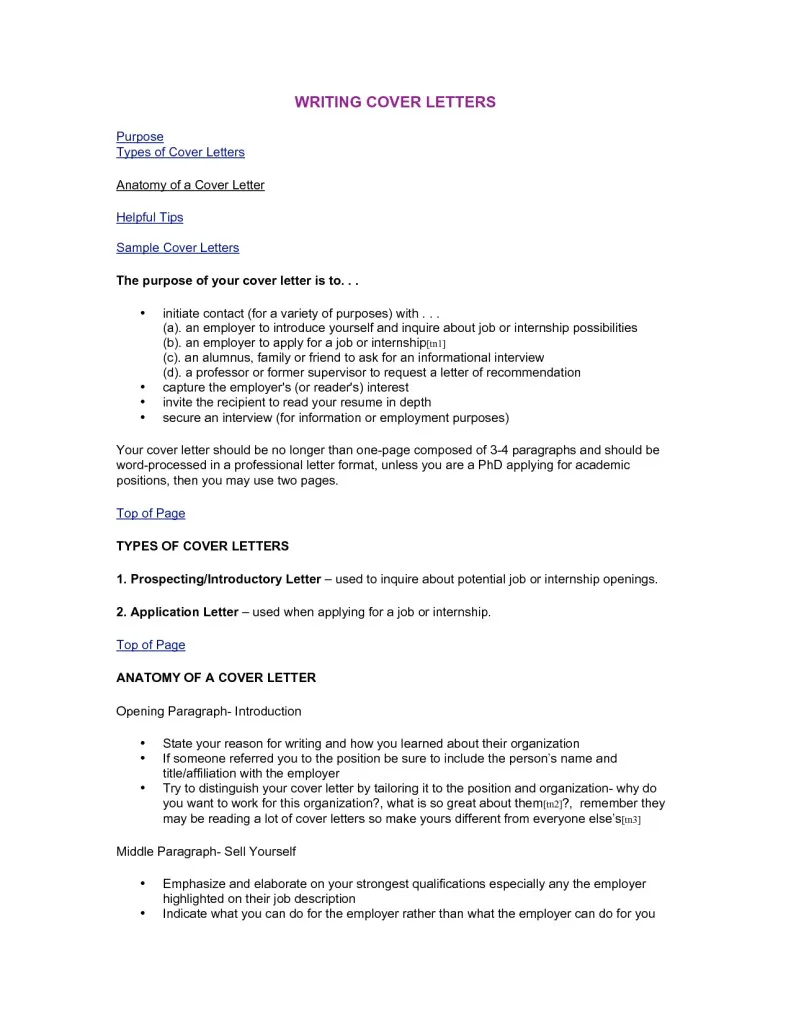
One of the most impactful secrets of a winning cover letter is the art of “showing,” rather than merely “telling.” Instead of simply stating that you possess a certain skill, provide concrete examples that demonstrate your proficiency. For instance, instead of saying “I am a strong communicator,” you could say “During my previous role, I successfully led a team of five in implementing a new client communication strategy, resulting in a 20% increase in client satisfaction.” This approach adds credibility to your claims and makes your application much more persuasive. Use action verbs and specific details to paint a clear picture of your accomplishments and how they align with the job requirements. By illustrating your capabilities through real-life examples, you provide the hiring manager with tangible proof of your potential.
Highlight Relevant Skills and Experience
A crucial aspect of crafting a compelling cover letter is to strategically highlight the skills and experiences that directly align with the job description. Carefully review the requirements outlined in the job posting and identify the key qualifications the employer is seeking. Then, select the relevant experiences from your background and frame them in a way that directly addresses those needs. Use the language and keywords used in the job description to demonstrate your understanding of the role and your ability to fulfill its responsibilities. By focusing on the most relevant aspects of your profile, you instantly show the hiring manager that you possess the skills and knowledge necessary to excel in the position. Tailoring your letter to the specific requirements of each job demonstrates your attention to detail and your genuine interest in the opportunity.
Tailor to Each Job
The importance of tailoring your cover letter to each job cannot be overstated. A generic, one-size-fits-all cover letter is easily recognizable and often fails to impress. Instead, take the time to research the company, understand its values, and analyze the specific requirements of the role. Customize your letter to address the specific needs of the employer and demonstrate why you are the perfect fit. This includes using the company’s language, highlighting relevant skills and experiences, and showcasing your understanding of their business. Tailoring your cover letter shows that you’ve invested time and effort in the application and that you are genuinely interested in the opportunity. It significantly increases your chances of catching the hiring manager’s eye and moving forward in the application process. Always start fresh to get the best result.
Focus on Achievements
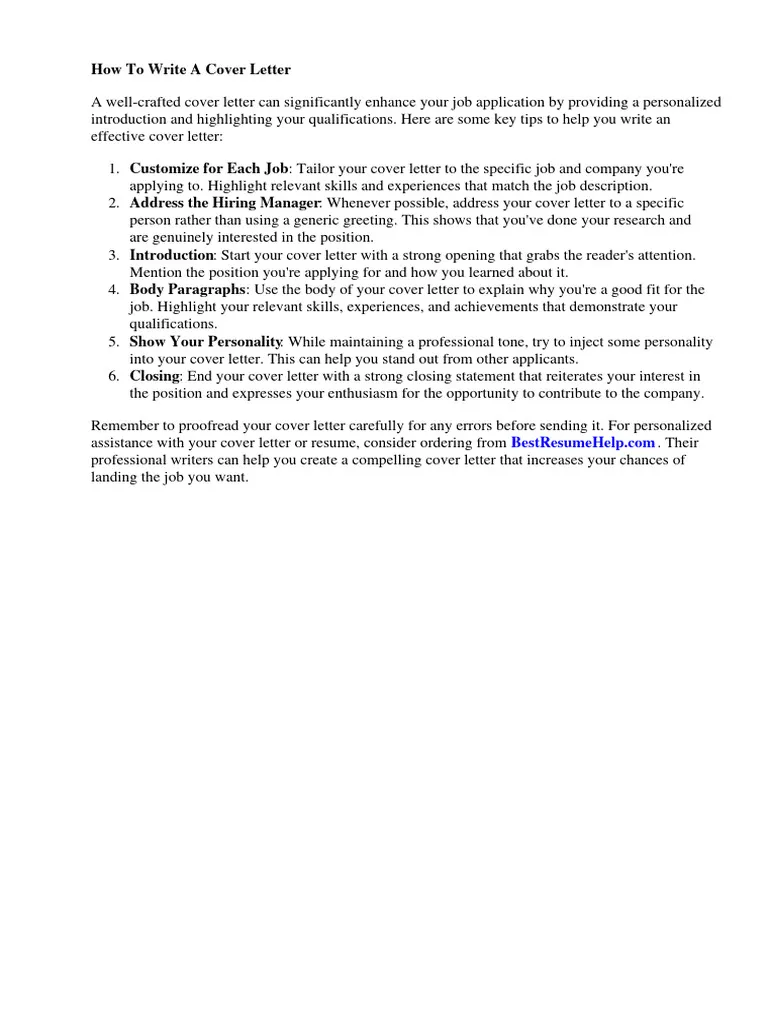
Rather than simply listing your responsibilities, focus on your achievements and the quantifiable results you have delivered in previous roles. Employers want to know what you have accomplished and the value you can bring to their organization. Use action verbs to describe your accomplishments and quantify your achievements whenever possible. For example, instead of saying “Managed social media accounts,” say “Increased social media engagement by 30% within six months.” Highlighting your accomplishments provides concrete evidence of your capabilities and demonstrates the impact you can make. This approach is far more persuasive than simply listing your duties. It allows the hiring manager to quickly assess your potential and see how you can contribute to their team’s success. Provide real-world examples from your past experiences to show what you bring to the table.
Proofread Thoroughly
Before submitting your cover letter, take the time to proofread it meticulously. Errors in grammar, spelling, and punctuation can undermine your credibility and create a negative first impression. Read your letter carefully, and ideally, have someone else review it as well. A fresh pair of eyes can often catch mistakes you might miss. Pay close attention to the details and ensure that your writing is clear, concise, and professional. A polished, error-free cover letter demonstrates your attention to detail and your commitment to excellence. It shows that you care about the quality of your work and are willing to go the extra mile. Taking the time to proofread is a simple but essential step in creating a cover letter that truly impresses.
The Perfect Cover Letter Structure
The structure of your cover letter plays a significant role in capturing the reader’s attention and making a positive impression. Start with a strong opening that immediately grabs the hiring manager’s interest and clearly states the position you are applying for. In the body of your letter, highlight your relevant skills and experiences, using specific examples to demonstrate your capabilities. Tailor your content to the job requirements, showing a clear understanding of the role and the company. Conclude with a call to action, expressing your enthusiasm for the opportunity and inviting the hiring manager to contact you for an interview. The structure should be professional and easy to read, with clear paragraphs and concise language. A well-structured cover letter demonstrates your organizational skills and professionalism.
Addressing the Hiring Manager
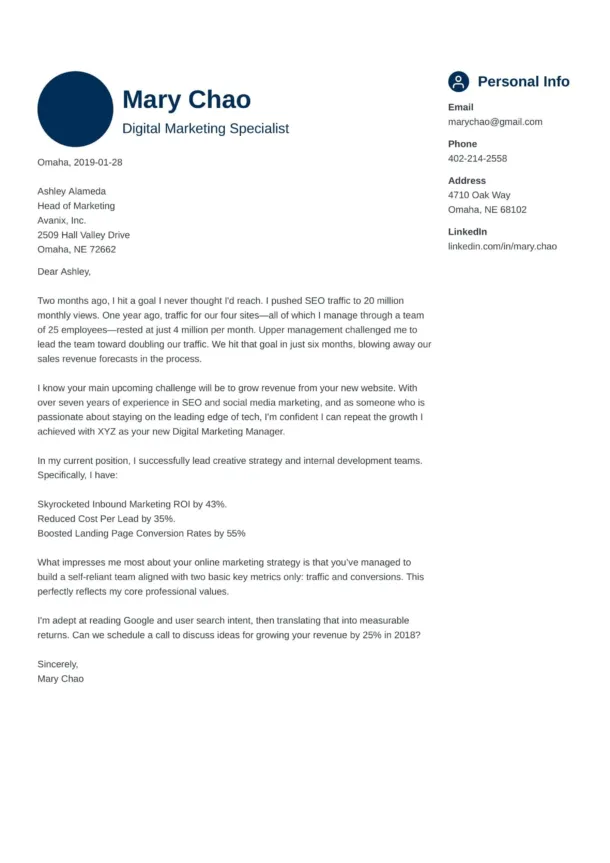
Addressing the hiring manager by name is a great practice to add a personal touch to your cover letter. When possible, research the name of the person responsible for hiring. A simple “Dear Mr./Ms. [Last Name]” is more effective than a generic greeting such as “To Whom It May Concern.” If you are unable to find the hiring manager’s name, use a professional salutation like “Dear Hiring Manager.” However, it’s best to avoid overly formal or outdated greetings. Addressing the hiring manager by name shows that you’ve taken the initiative to personalize your application. This demonstrates your attention to detail and your genuine interest in the opportunity, setting a positive tone for the rest of your letter.
Cover Letter Formatting Best Practices
Effective formatting is vital for creating a cover letter that is easy to read and visually appealing. Use a professional font such as Times New Roman, Arial, or Calibri in a readable size (11 or 12 points). Maintain consistent formatting throughout your letter, including margins, spacing, and paragraph alignment. Avoid excessive use of bolding, underlining, or italics. Keep your paragraphs concise and easy to digest. Use bullet points or numbered lists to highlight key information or achievements. A well-formatted cover letter conveys a sense of professionalism and attention to detail. Formatting enhances readability and ensures that your message is easily understood. Poor formatting can detract from your message, making your cover letter difficult to read and leaving a negative impression on the hiring manager. Your goal is to make it easy for the reader to absorb information and appreciate your value.
Dos and Don’ts
There are several essential dos and don’ts to keep in mind when writing a cover letter. Do tailor your letter to each job, highlight relevant skills, and focus on achievements. Do proofread carefully for any errors in grammar and spelling. Do use a professional tone and format. Do express your enthusiasm for the opportunity. On the other hand, Don’t use generic language or simply reiterate your resume. Don’t include irrelevant information or use overly casual language. Don’t make any spelling or grammar errors. By adhering to these guidelines, you can create a cover letter that effectively communicates your value and increases your chances of landing an interview. Following these simple rules can help significantly increase the effectiveness of your cover letter.
Conclusion
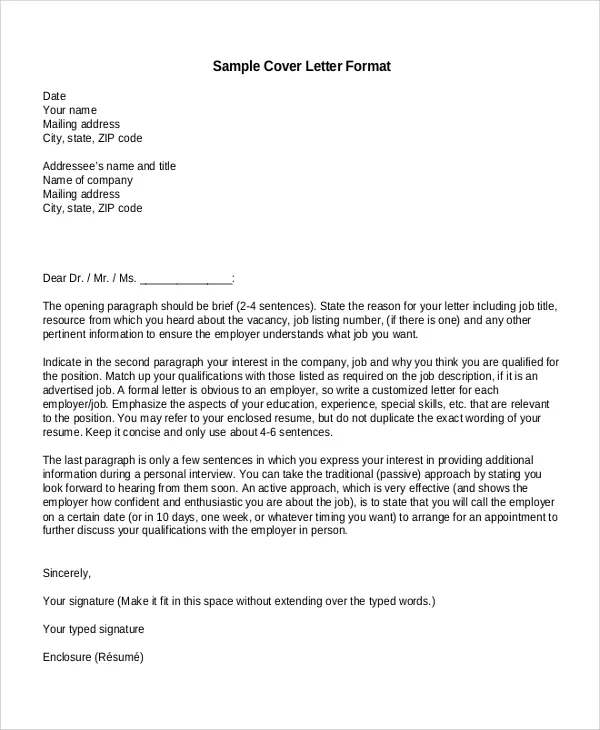
Crafting a compelling cover letter is an art, and mastering the secrets outlined above can significantly increase your chances of success in your job search. A well-written cover letter that showcases your personality, highlights your skills, and demonstrates your genuine interest in the opportunity will help you stand out from the competition. Remember to show, don’t tell, tailor your letter to each job, and focus on your achievements. Proofread carefully, and always strive for professionalism. With the right approach, your cover letter can be a powerful tool in your career journey, opening doors to new opportunities and helping you achieve your professional goals.
